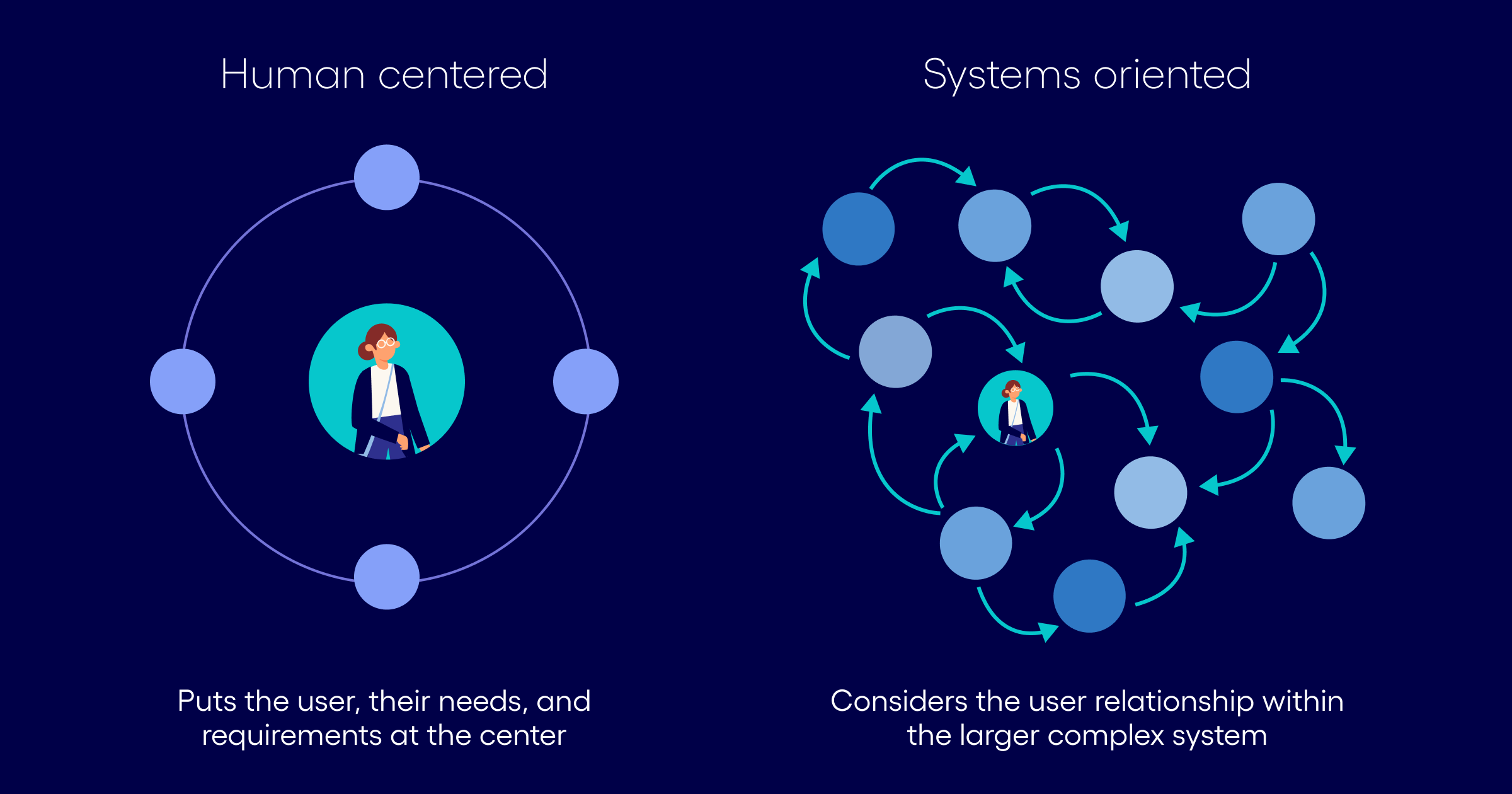The healthcare and life sciences industry plays a pivotal role in society, with businesses in this sector holding significant social responsibilities. Yet, there's a methodology that remains relatively untapped in these critical fields, despite its potential to transform complex challenges. I’m talking about Systemic Design. This approach integrates systems thinking and design practices and has the power to revolutionize how we address intricate issues in healthcare and life sciences.
In this article, I'll delve into the world of systemic design and explore why it hasn't gained widespread traction in these industries. I'll uncover the challenges and untapped potential and discuss how embracing systemic design could reshape the way we approach complex problems in healthcare and life sciences.
Complexity of Society: Introducing Systemic Design
In the last few decades, design challenges have grown in complexity, surpassing the capabilities of traditional design disciplines. Conventional problem-solving methods used in engineering, business, management, and policy making are no longer sufficient to tackle the pressing issues of today1 and it is crucial for diverse fields to collaborate and gain a deeper understanding of social contexts together.
These rapid changes have seen the rise of new innovative approaches. Think about Design Thinking; this method has gained interest in recent years and has been deployed by the most successful organizations worldwide to solve business problems by putting the human at the center of every decision.
While Design Thinking is a great innovation method, it often falls short in considering the systemic and social impact of solutions and, for that reason, a new approach, called Systemic Design, is getting a foothold. The new method goes beyond human centricity and considers the user relationship within the larger complex system. As my colleague Paula Martinez nicely articulated in her latest article, “Systemic Design emerges as a practice that brings together the strengths of both Systems Thinking and Design Thinking”, which gives the latter a newly evolved role in the innovation space with a shift from human centered to systems-oriented design.



















